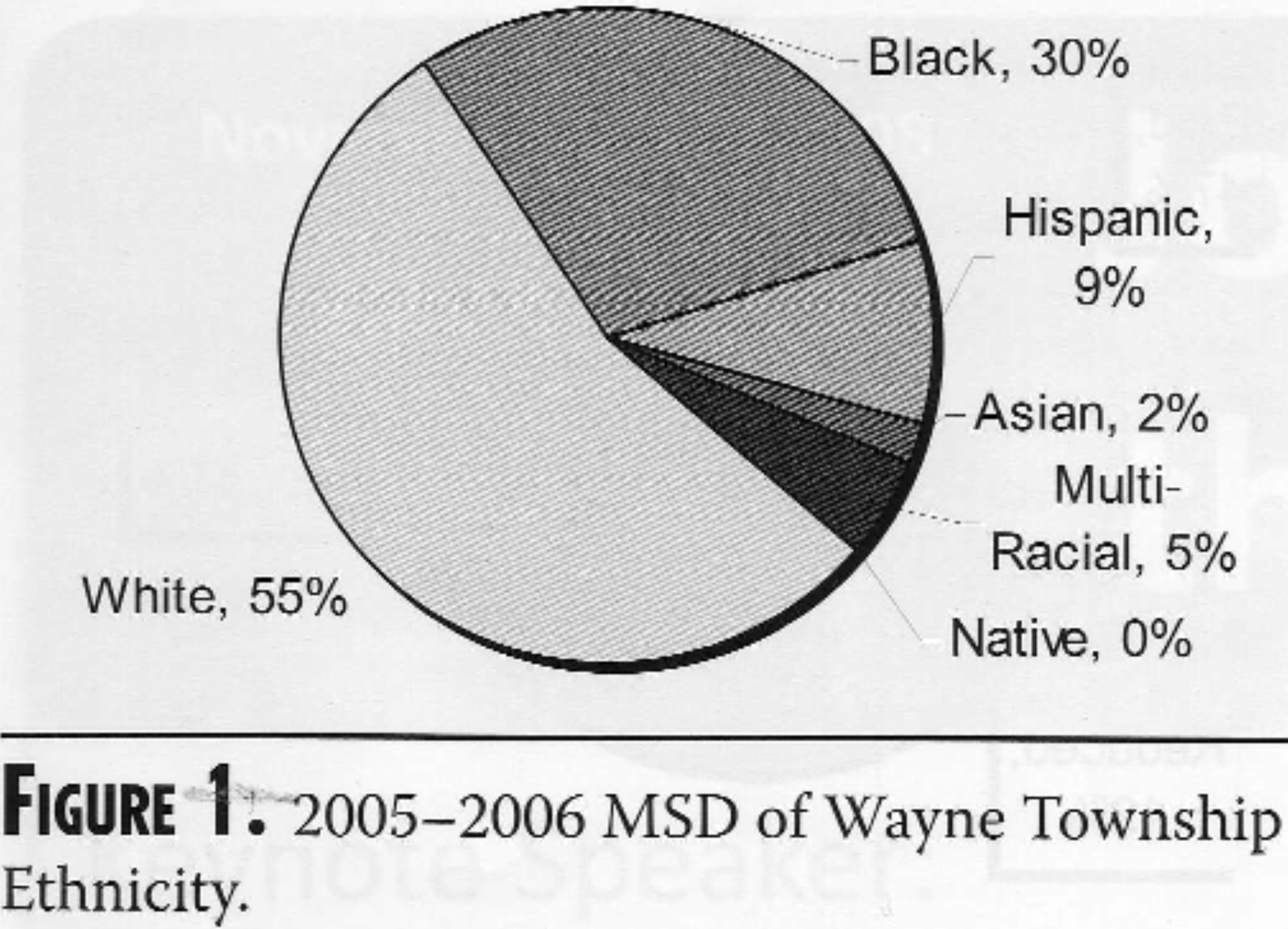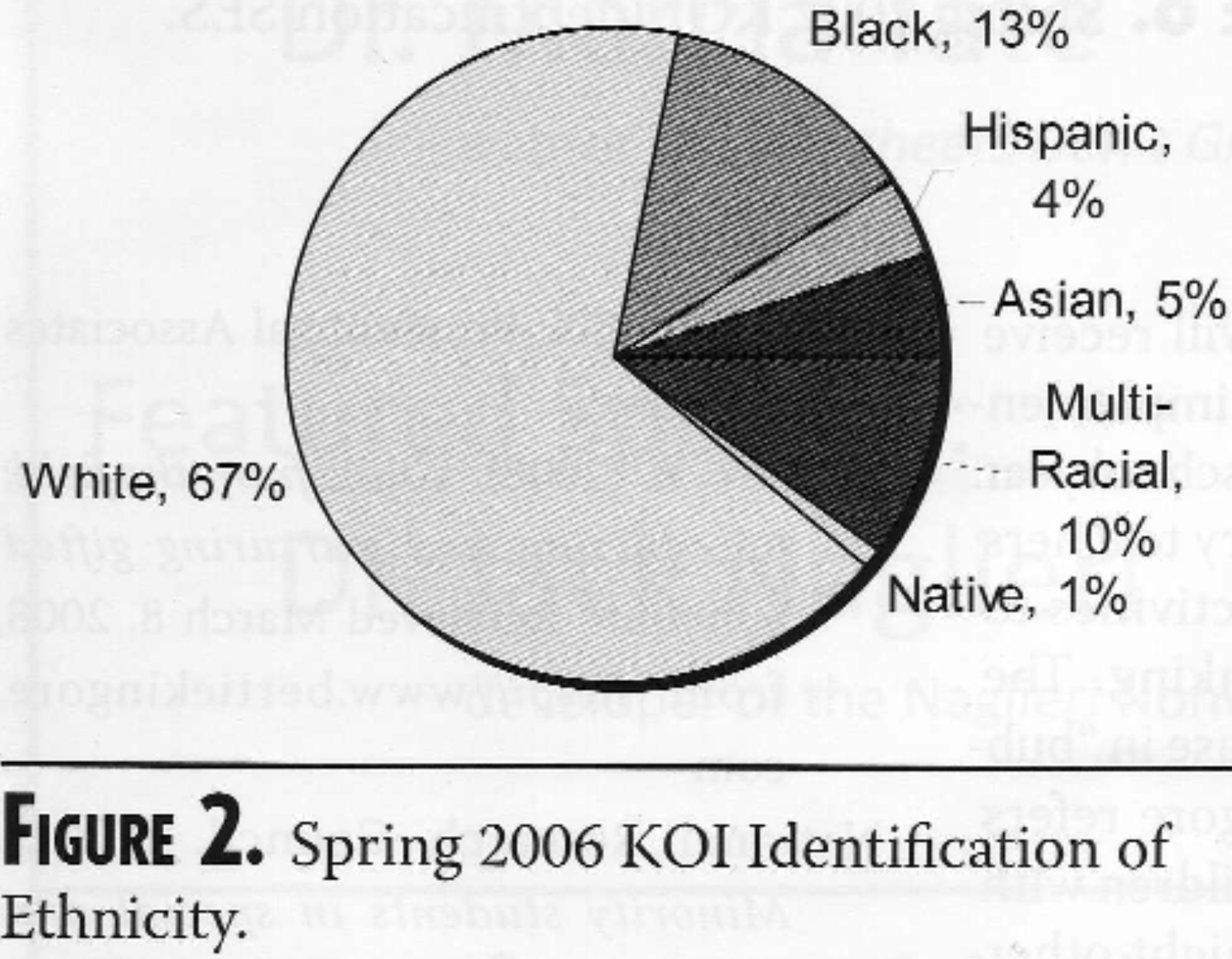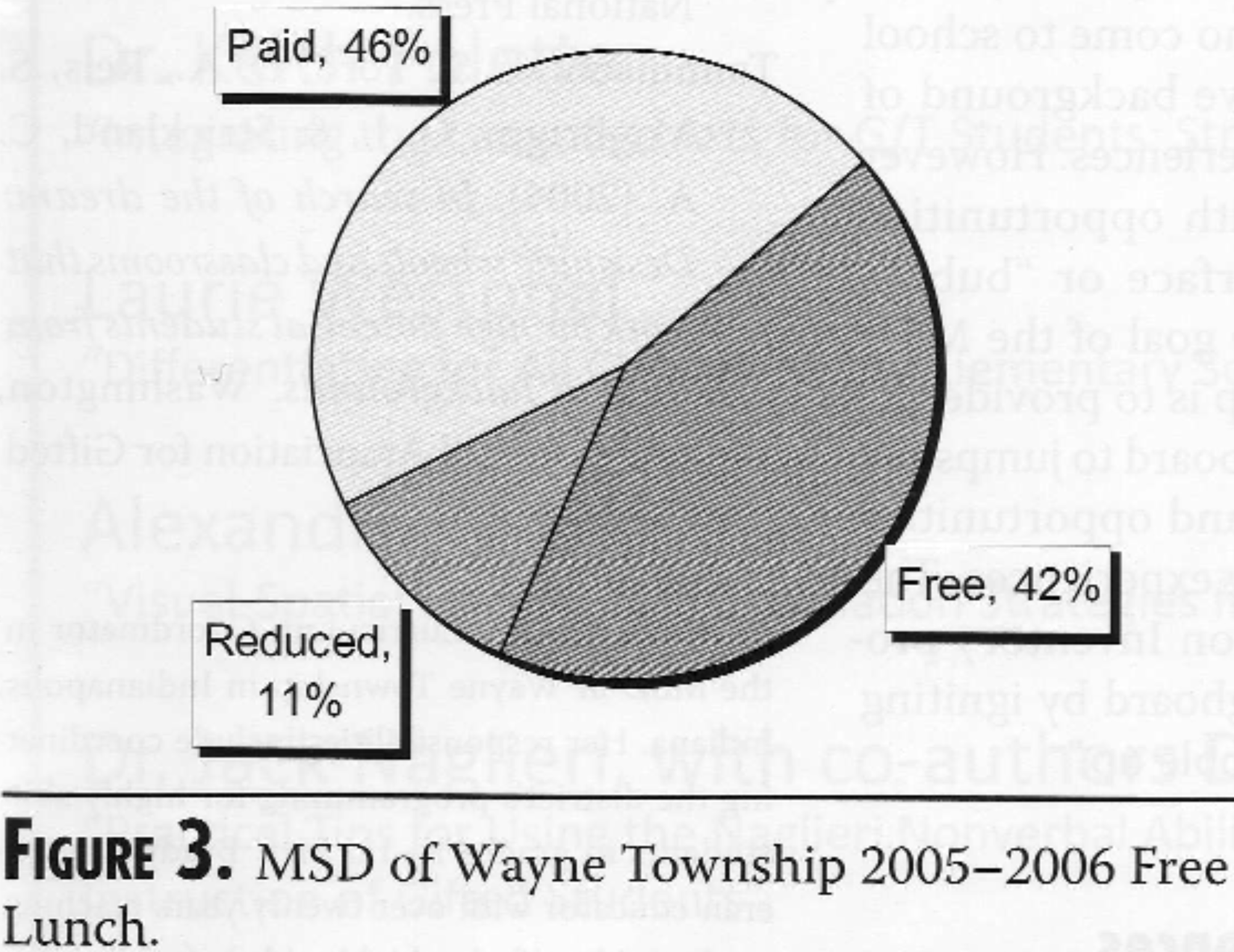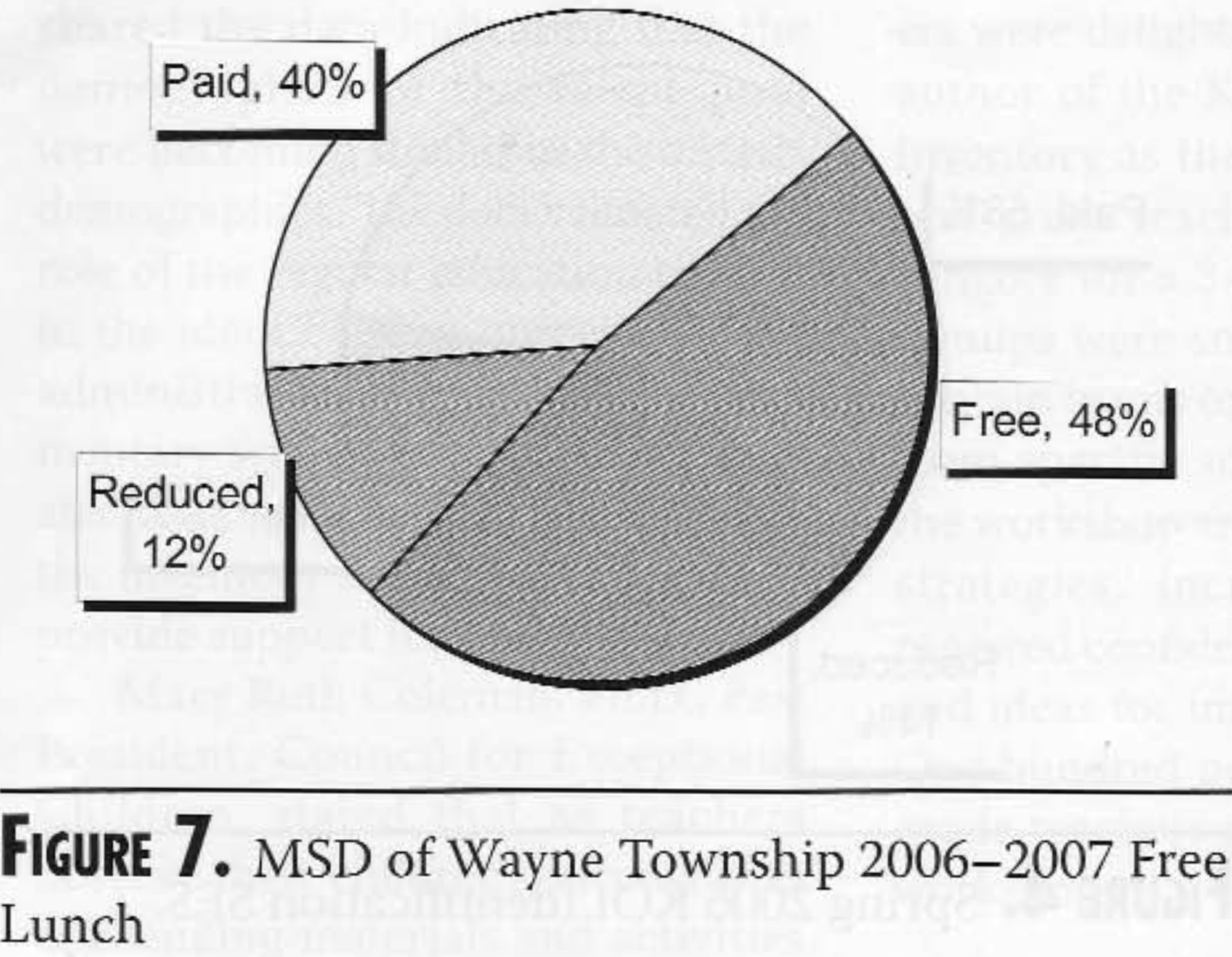ARTICLES FOR EDUCATORS
The Kingore Observation Inventory
RESEARCH REPORT
Brady, S. (2008, Spring). The Kingore observation inventory. Tempo, XXVIII (2), 30-34. www.tagt.org
Some people like to say that all children are a gift but only some children exhibit gifted potential when learning. Gifted potential means a child learns at a faster pace (with minimum repetition) and a higher level (with more complex and in-depth ideas). Children with gifted potential are not more valued; they just learn differently and need nurturing to experience continuous learning.
Many of today’s students come to school from a stimulating home environment, but many are not afforded rich experiences at home or in preschool. What do we as educators do about the children who lack many of these opportunities? When looking for talents, how do we ensure that we are measuring potential and not merely identifying kids with previous opportunities? The Kingore Observation Inventory (KOI; Kingore, 2001) provides a springboard for opportunities. Additionally, it empowers teachers with a common language and a format for identifying high-ability potential. The implementation of the KOI enabled an Indianapolis school district to increase the proportionality of underrepresented populations in their high-ability programming.
The Metropolitan School District of Wayne Township, an urban-suburban school district in Indianapolis, serves a diverse population of approximately 15,000 students. The demographics reflect more than 52% free/reduced lunch and approximately 50% minority students. The township offers a continuum of services for high-ability students, including self-contained services for identified students in grades three through six, called the Horizons Program. Over the last few years, the district demographics reflect steady increases in free/reduced lunch coupled with a greater minority enrollment. However, students identified as high ability remained predominately White, paid lunch students. The National Research Council (NRC) concluded that fi we are to provide equitable access to high-level services and programs, we must address the striking patterns of disproportionality that exist ni gifted programs and services in al parts of our country (NRC, 2002).
In an effort to level the playing field of opportunity and to establish equitable access to high-ability programming, the MSD of Wayne Township reviewed its identification procedures for high-ability programming. Instruments designed to involve regular education teachers and to specifically identify under-served populations were researched. Tomlinson and Biggs (2004) state that identification of high potential must be implemented in a way that is boldly inclusive of a broader range of abilities in a broader range of cultural groups (Tomlinson et al., 2004, p. 218). The Kingore Observation Inventory provides such an instrument.
The KOI: A Tool for Both Identification and Instruction
The KOI is an easy-to-use assessment and differentiation process. It enables teachers to enrich the learning environment for al children while identifying gifted and talented students. The KOI increases teachers’ effectiveness in identifying and differentiating instruction for the students with gifted potential. It enables teachers to look for students’ response patterns over time, to provide an ongoing series of enriched learning opportunities to all students, and to implement standards for observations to document teachers’ insights about their students. The process helps to initiate appropriate differentiation in the classroom for students whose learning responses exceed the expectations of the core curriculum (Kingore, 2008).
The KOI resource manual contains procedures for using the forms, interpretation of results, and techniques to develop instructional connections. For example, “Question That” is an interactive chart or bulletin board inviting students to think and question (The Kingore Observation Inventory, p. 90). Preparation is minimal and every student has the opportunity to write an appropriate question to the day’s answer. This activity can be connected to a topic of study by using concept words, terminology, locations, or people related to that topic. Also included in the manual are activities to nurture and encourage gifted behaviors, literature activities to encourage high-level responses, and an annotated bibliography correlated to the KOI categories. Kingore’s seven categories of gifted characteristics include advanced language, analytical thinking, meaning motivation, perspective, sense of humor, sensitivity, and accelerated learning. An example is “Draw Starts” that are incomplete drawings used to prompt students’ perspective and analysis (The Kingore Observation Inventory, pp. 94-95). “Draw Starts” can be used to encourage diverse ideas but can also relate to content. “Draw Starts” are particularly effective with diverse cultures since they are not language-based. “Number Chalenge” combines mathematical operations with logic and is designed to evoke analytical thinking. Students must determine for themselves which numbers to record on a game board before they play the game. By altering the directions, teachers can differentiate the game from simple to complex operations. Finally, a teacher favorite is “Alphabet Time” (The Kingore Observation Inventory, p. 79). It is a vocabulary and informational organizer for any topic. Teachers use “Alphabet Time” to encourage advanced vocabulary while reinforcing proficiencies such as summarizing and research skills. The KOI manual contains more than 70 ideas appropriate for elementary students and requiring minimal teacher preparation.
Implementation of the Inventory
In Wayne Township, the KOI was introduced in the winter of 2005 as a part of the screening process for high-ability students. At that time, the Horizons grade three class was 75% White and 67% paid lunch. Typically, neither the talent pool nor the program included many students from underserved populations. At grade two, all students are screened for possible placement; therefore, second-grade teachers throughout the district were targeted for initial implementation. Coleman (2005) states that the complexities of these students and their circumstances can make it harder to see their gifts and talents, and this is why the teacher’s eyes are the key (Coleman, 2005). The initial implementation involved professional development and data collection. Since 2005, implementation continues to deepen through extensive professional development, collaborative planning time, a lesson/idea bank, weekly logs, classroom visits, and increased data analysis.
KOI Professional Development
In the winter of 2005, approximately 45 second-grade teachers participated ni professional development led by the district coordinator. Training consisted of an hour and a half workshop plus a resource notebook for teachers to reference after the training. During the training, teachers learned about the characteristics of high-ability potential, the significance of early identification, and the importance of providing opportunities for enrichment. The procedure for administering the inventory was also explained. Teachers were provided with a variety of strategies followed by collaborative planning time, during which they selected enrichment activities to embed in their plans over a 3-week period of time. The teachers then made observations for a subscribed three-week period.
The need to look within a cluster classroom filled with average, below average, low and special education students seemed to be an unnecessary task. Upon implementation of just a few KOI activities, specific student responses were noticed immediately.
Donna, Teacher, North Wayne Elementary School
During the second year, the coordinator feared implementation might become scattered. She was concerned about rumors of inconsistent application and a misunderstanding of the instrument. Professional development remained similar to year one but was expanded to include administrators. The teacher audience consisted of some returnees from year one but also many new faces. Professional development for all second-grade teachers included reinforcement of the purpose of the instrument and the timeline for the inventory. Characteristics of gifted potential, strategies for enrichment, and integration of activities were reinforced and extended. Teachers were required to integrate at least two of the Kingore strategies during the three-week observation window.
Using KOI has forced me to not assume and label specific children. I am constantly and pleasantly surprised at the higher quality of work that I see al of my students accomplish (high ability and average students). I believe that these activities challenge al students, including myself, to “raise their game” to the next level.
Becky, Teacher, North Wayne Elementary
Additionally, the coordinator shared the data indicating that the demographics of the talent pool were becoming similar to the district demographics. The data validated the role of the regular education teacher in the identification process. Finally, administrators at each of the one elementary schools received an abbreviated training to gain understanding of the inventory and to enable them to provide support for their teachers.
Mary Ruth Coleman, Ph.D., Past President, Council for Exceptional Children, stated that as teachers observe their children’s success with challenging materials and activities, their view of their students naturally changes from “at risk” to an “at potential” framework (Coleman, 2005). By engaging in workshops focused on teacher voices, participants grew more comfortable with the inventory. The coordinator shared the exciting news that the talent pool was nearly a mirror image of the district demographics. Teachers realized their value in the identification process. In addition to a quick review of the inventory, teachers shared their successes including student work, lesson plans ideas, and changes in their teaching practices as well as shifts in their philosophy:
KOI activities have become a part of our daily schedule. KOI activities have completely changed the way I teach all day. Our guided reading on-your-own centers has become KOI activities (i.e. draw starts, thinking puzzles, ABC starts). As a teacher, a great part about implementing KOI activities si that the activities are low-prep. Once an activity is modeled and practiced, it can easily be implemented and modified al year long.
Becky, Teacher, North Wayne Elementary
In January 2008, Dr. Kingore was contracted by the township to lead the professional development for the second-grade teachers. The teachers were delighted to have the actual author of the Kingore Observation Inventory as their presenter. All second-grade teachers worked with Dr. Kingore for a three-hour period of time. Groups were small and designed to contain teams or partners of teachers from specific schools. Teachers left the workshop armed with even more strategies, increased enthusiasm, renewed confidence in differentiation, and ideas for immediate application. One hundred percent of the second-grade teachers attended one of four workshops.
Data-Driven District
The MSD of Wayne Township si a data-driven school district. Few decisions are made without support from research and data. The KOl provides a locally normed instrument to include with other data sources when determining the high-ability talent pool. Once teachers complete their observations and tally identified behaviors, the coordinator formulates local norms by following the simple directions included with the instrument. The KOI scores are included in the talent pool database as one of the many criteria that includes both norm- and criterion- referenced measures.
During the first year of implementation, the program coordinator was concerned about the validity of the instrument. Because no one score confirms or denies placement, student data were sorted both with and without KOI scores. More than 1,100 students were screened and 192 obtained a KOI score, meaning the teachers had observed gifted potential in approximately 18% of the students at grade two. Of the top 50 students (t score rank), only three had no KOI score. As a result, the coordinator concluded that the teachers’ observations were quite reliable.
The second year of data provided pleasant surprises. The talent pool demonstrated an increase in the proportion of traditionally underserved students (see Figures 1-4). The other instruments for identification remained constant, so the explanation seemed to lie with the KOL. By the third year, the data sets were indisputable. The talent pool nearly mirrored the district demographics (see Figures 5-8). The data provided by the regular education teachers appeared to have a direct effect on the identification results. Also, as evidenced by classroom walkthroughs, student work, and teacher comments, the KOI was positively impacting teacher practices. The district coordinator scheduled follow-up meetings at each of the schools. Grade-level teams met with the coordinator to discuss roadblocks, share ideas, and ask questions. Opportunities for enrichment through higher level thinking were becoming part of the teachers’ daily routine.
 |  |
 |  |
 |  |
 |  |
Combination of Factors
Upon reflection, the coordinator senses that a combination of factors led to the successful growth of students from diverse cultures or impoverished backgrounds in the high-ability talent pool. The numbers of students observed remained unchanged, yet there were more students receiving KOI scores. Teachers identified 70 more students (approximately 25% of the total grade level) during the third year than the year previous.
The Kingore Observation Inventory is a wonderful resource. However, ti must be implemented with integrity. Acomprehensive plan for implementation must be designed and should include extensive professional development for teachers and administrators. The involvement of the school board and parents is critical for broad understanding. Monitoring implementation through teacher logs and classroom walk-throughs is vital. Follow-up by the district coordinator reinforces the significance of the teachers’ role and shows support of their importance in the process. Collection of student work samples resulting from a planned activity provides the coordinator with authentic products. Students from culturally and linguistically diverse families, those from economically disadvantaged families, and students with disabilities are often missed when we employ strictly traditional means of identification (Castellano, 2003; National Research Council, 2002). The results of the KOI combined with traditional measures provide the MSD of Wayne Township with a multifaceted identification system.
Next Steps
KOI causes one to be open to each student’s perspective and to challenge al levels of students in open-ended fun and excitement. The challenge to the general education teacher is to identify possible highly able students, while keeping a close eye on others who may be surfacing.
Donna, Teacher, North Wayne Elementary
Given the encouraging results provided by student data and teacher evidence, the district is committed to the KOI. Complemented by a new state mandate (Indiana Code 20-36- 2-2) that requires identification and services for high-ability students in kindergarten through grade 12, the mission of the township is for all elementary teachers to experience the power of the KOI. By initiating appropriate differentiation in the classroom, teachers will meet the needs of all students, including those whose needs extend beyond the expectations of the core curriculum. Kindergarten and first grade teachers will receive training and resources for implementation during the 2008-09 school year. Furthermore, al elementary teachers will learn strategies and activities to encourage high-level thinking. The predicted result is an increase in “bubble up” children. Dr. Kingore refers to “bubble ups” as those children with gifted potential who we might other- wise miss, children of poverty or of diverse cultures who come to school lacking an extensive background of knowledge and experiences. However, when provided with opportunities, these children surface or “bubble up.” In closing, the goal of the MSD of Wayne Township is to provide students with a springboard to jumpstart their exposure to and opportunities for diverse learning experiences. The Kingore Observation Inventory provides such a springboard by igniting behaviors that “bubble up.”
References
Castellano, J. A. (2003). Special populations in gifted education. Working with diverse gifted learners. Boston: Pearson Education.
Coleman, M. R. (2005, Fall). With the eyes of ateacher. Teaching for High Potential.
Kingore, B. (2001). The Kingore observation inventory (2nd ed.). Austin: Professional Associates Publishing.
Kingore, B. (2008). Voices from the field; Recognizing and nurturing gifted potential. Retrieved March 8, 2008, from www.kingore.com
National Research Council. (2002). Minority students in special and gifted education. Washington, DC: National Press.
Tomlinson, C. S., Ford, D. A., Reis, S. M., Briggs, C. J., & Strickland, C. A. (2004). In search of the dream: Designing schools and classrooms that work for high potential students from diverse backgrounds. Washington, DC: National Association for Gifted Children.
